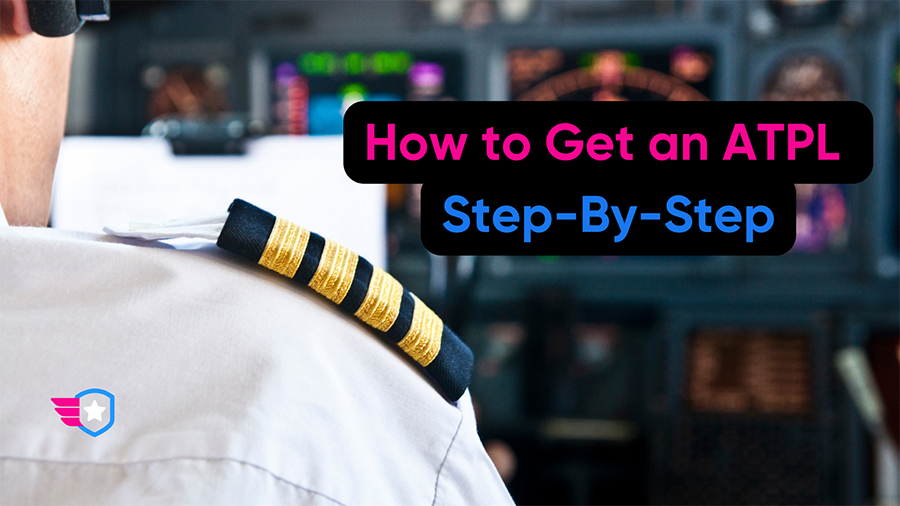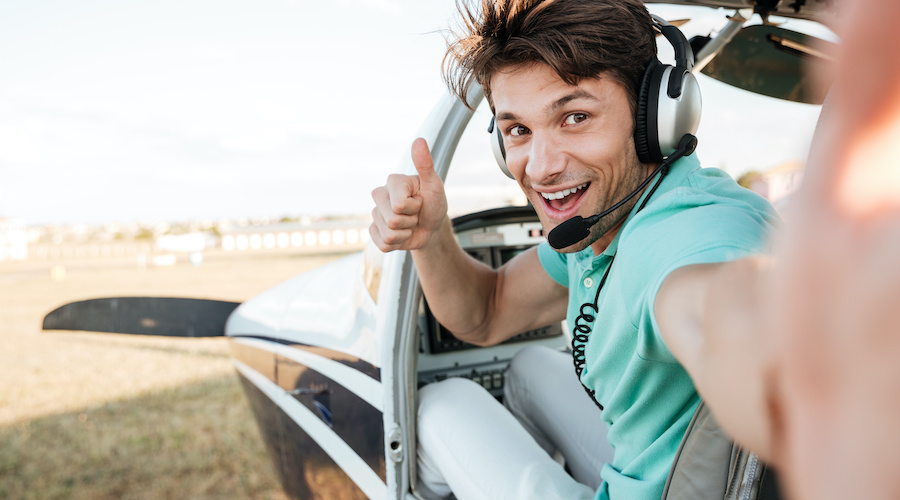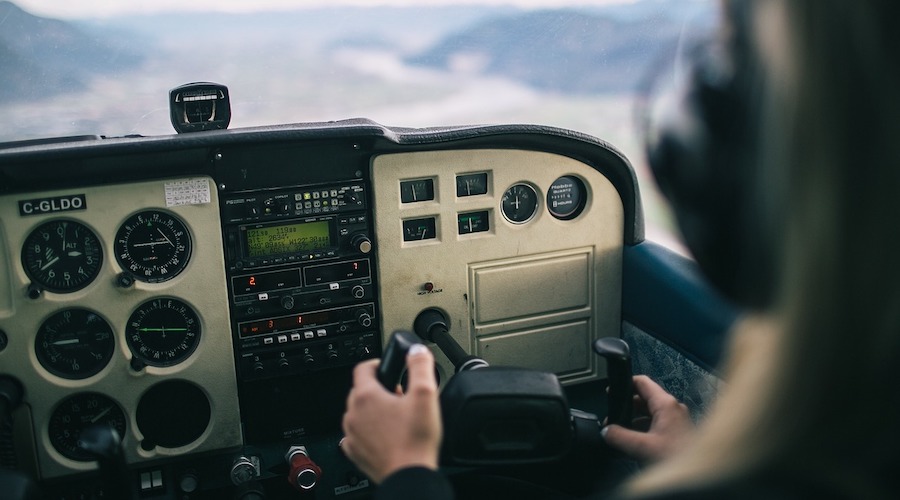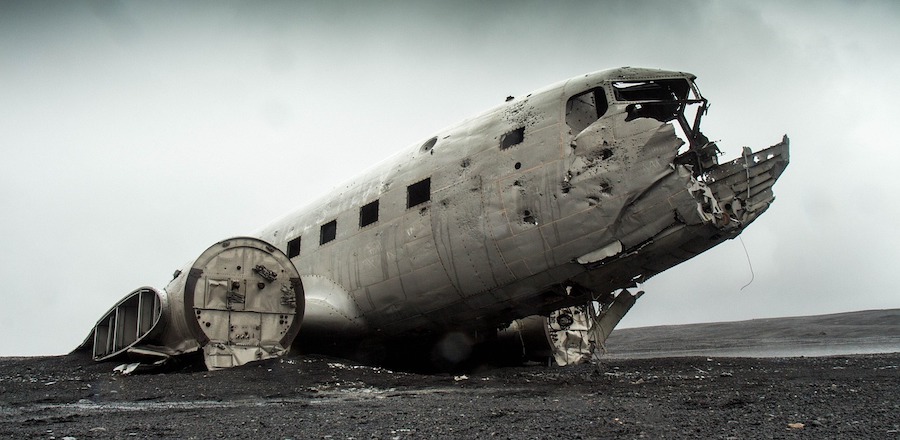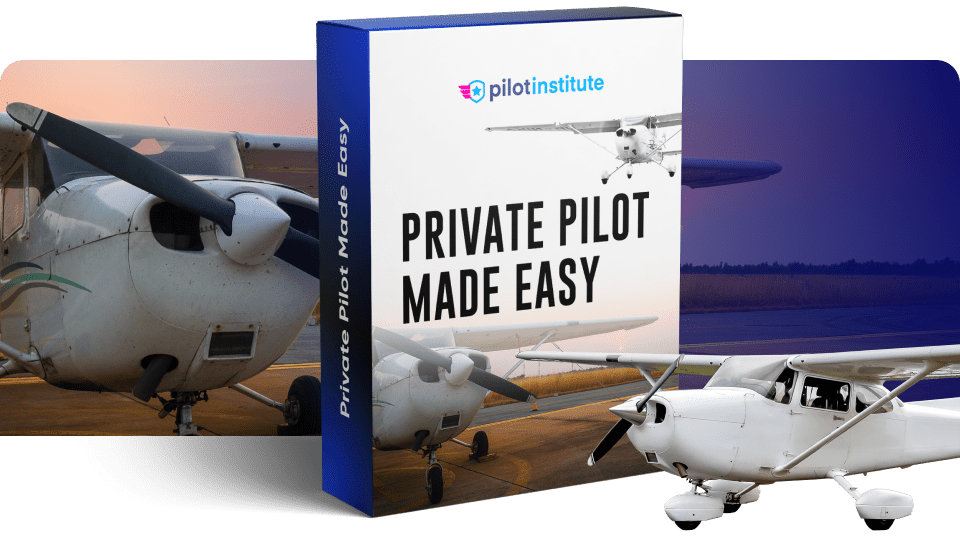-
What is an ATPL?
-
How to Get an ATPL
- Step 1 - The Private Pilot License (PPL)
- 2. Step 2 - The Instrument Rating (IR)
- Step 3 - The Commercial Pilot License (CPL)
- Step 4 - The Multi-Engine Rating
- Step 5 - The Airline Transport Pilot License
-
How Long Does It Take To Get an ATPL?
- PPL: 2 - 3 Months
- Instrument Rating: 1 - 2 Months
- CPL: 9 - 18 Months
- Multi-Engine Rating: 1 - 2 Weeks
- ATPL: Two - Four Years
-
ATPL Requirements
-
What Is a Restricted ATP (R-ATP)?
-
What is the ATP-CTP?
-
Summary
If you’ve ever dreamed of flying commercial jets, you’re in the right place. The key to achieving this dream is the Airline Transport Pilot Licence (ATPL) – the highest level of pilot certification.
But here’s the kicker.
Acquiring an ATPL can seem like a giant, complicated puzzle. We’re here to clear the air and show you that it’s not as daunting as it looks.
By breaking down the process into manageable steps, we’ll guide you on your path from ground school to the cockpit of an airliner.
What is an ATPL?
Before we dive into the steps, let’s pause for a moment and understand what the Airline Transport Pilot License (ATPL) actually is.
Simply put, the ATPL is the highest level of pilot certification. The license qualifies pilots to fly as a Captain or First officers in commercial aircraft. If you’ve ever dreamed of being at the helm of a Boeing 787 or an Airbus A330, then the ATPL is your golden ticket.
But the ATPL is more than just a license. It’s a testament to your skill, experience, and dedication to flying. It’s the culmination of years of training, countless hours in the air, and an unyielding commitment to mastering the art and science of aviation.
The ATPL isn’t just about flying aircraft; it’s about leading crews, ensuring passenger safety, and navigating complex systems under high-stakes conditions. It’s the license that transforms pilots into captains.
Now that you know what the ATPL is, let’s dig into how to get one.
How to Get an ATPL
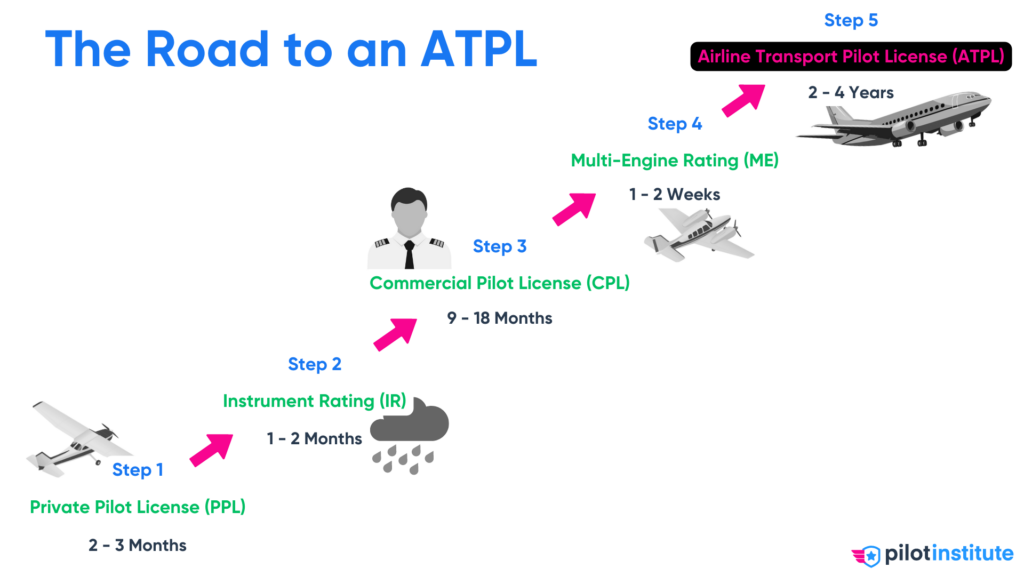
Step 1 – The Private Pilot License (PPL)
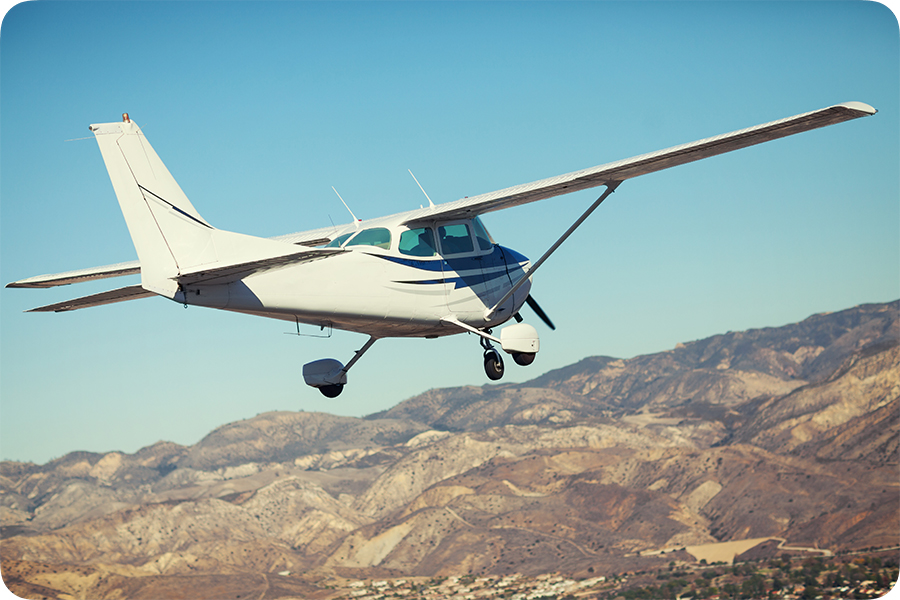
Let’s start at the beginning, the Private Pilot License (PPL). Think of the PPL as your entry ticket into the world of aviation. It’s here that you lay the groundwork for all your future flight training.
What’s great about the PPL is that it allows you to effectively fly any aircraft (with the right training) and carry passengers. But don’t get too excited just yet. You can’t earn money flying as a private pilot. This license is for private use only.
So, how do you get a PPL? First, you need to meet some basic requirements. You must be at least 17 years old and have a minimum of 40 hours of flight time, which includes at least 20 hours of flight instruction and 10 hours of solo flight. You’ll also need to pass a written knowledge test and a practical flight test, also known as a checkride.
Training for the PPL involves mastering fundamental flying skills like takeoffs, landings, and navigation, as well as basic emergency procedures.
And there you have it. The first step on your journey to the ATPL is getting your PPL. It’s a substantial milestone that lays the foundation for the exciting steps to come!
2. Step 2 – The Instrument Rating (IR)
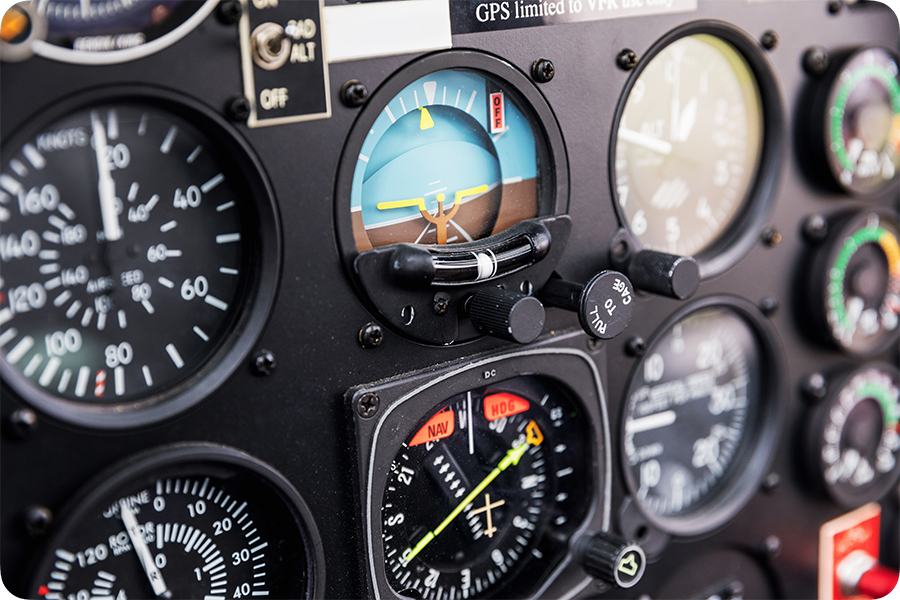
Here’s where things get a bit more intricate. Your second stop on this journey is the Instrument Rating (IR). The IR is not a separate license, but an add-on to your PPL. It gives you the ability to fly under Instrument Flight Rules (IFR), meaning you can navigate through clouds or reduced visibility conditions using only the aircraft’s instruments.
Flying IFR is a crucial skill for airline pilots. It allows you to fly in a broader range of weather conditions and provides an extra layer of safety.
Getting your IR involves meeting a few requirements. First, you’ll need at least 50 hours of cross-country flight time as the Pilot in Command, and a total of 40 hours of actual or simulated instrument time. This includes at least 15 hours of instrument training with an instructor.
The training for the IR focuses on developing your skills in instrument navigation, aviation weather, and IFR flight procedures. It all culminates in a written knowledge test and a practical test known as the instrument rating checkride.
Congratulations! You’ve now unlocked the ability to fly in a range of different weather conditions. With the IR added to your pilot toolkit, you’re one step closer to the ATPL.
Now it’s time to set your sights on the next challenge and become a professional pilot!
Step 3 – The Commercial Pilot License (CPL)
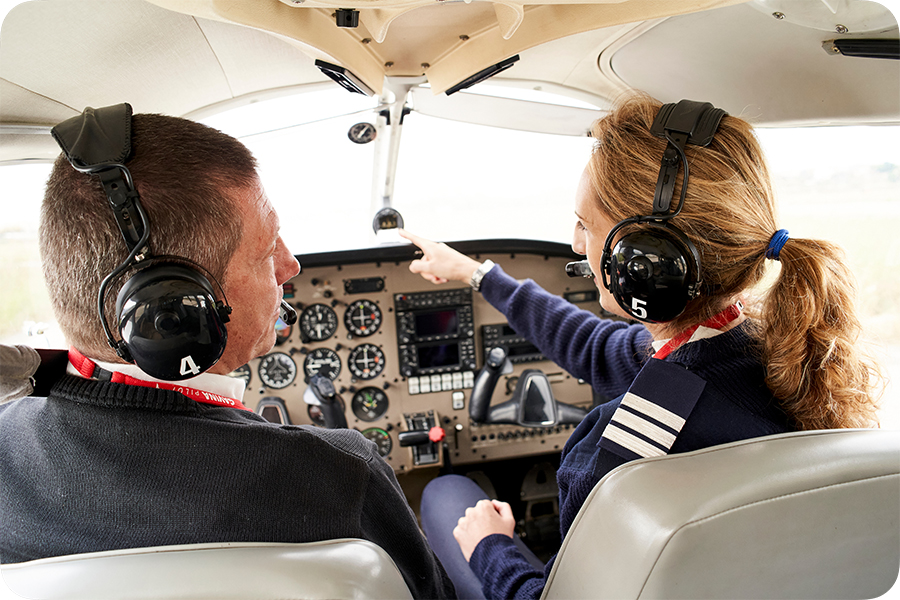
Now that you’re comfortable in the clouds with your IR, it’s time to take things up a notch. Your next destination? The Commercial Pilot License (CPL). This license is your gateway to getting paid for your piloting skills.
The CPL lets you, quite literally, turn your passion into a paycheck. With this license, you’re authorized to work as a pilot, whether it’s flying charter flights, as a flight instructor, or even for an airline flying small aircraft.
So, how do you earn your wings as a commercial pilot? You’ll need to be at least 18 years old, have a minimum of 250 hours of flight time, and hold a Private Pilot License with an Instrument Rating. This flight time must include specific experiences such as night and cross-country flying, among others.
The training for the CPL hones your flying skills to a higher standard. You’ll work on complex aircraft operations, precision maneuvers, and emergency procedures. The culmination of your training is a written knowledge test and the commercial pilot checkride.
And there you have it! With the CPL in hand, you’re now a professional pilot. But don’t rest on your laurels just yet; there are more adventures and higher licenses on the horizon.
Up next, we’ll tackle the Multi-Engine Rating. Let’s keep climbing!
Step 4 – The Multi-Engine Rating
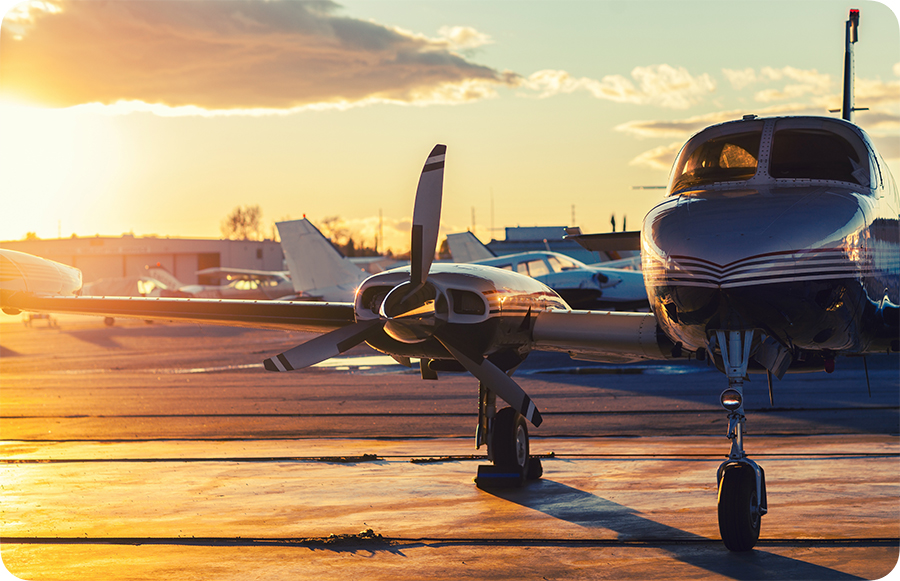
As we continue our ascent, we reach the Multi-Engine Rating (MER). This rating allows you to command aircraft with more than one engine. And let’s face it, if you’re dreaming of flying commercial jets, mastering multi-engine aircraft is a must.
The MER isn’t just about adding another engine to your skill set. It’s about managing more complex systems, handling increased speed, and learning new emergency procedures.
Getting your MER requires training in a multi-engine aircraft and mastering specific maneuvers and procedures. Some of these include engine-out procedures, managing asymmetric thrust (when one engine fails), and mastering advanced takeoff and landing techniques. There’s no specific hour requirement for the MER, but you must demonstrate proficiency in a multi-engine aircraft to an examiner during a practical test.
There’s no written test for the MER, but don’t let that fool you. It’s a challenging and essential step in your aviation journey.
Many private pilots choose to undergo their commercial pilot license training in multi-engine aircraft. That way, they can catch two fish with one worm and receive their commercial license and multi-engine rating in one go.
With the MER under your belt, you’re well on your way to the top of the aviation ladder. Now it’s time to aim for the peak: the Airline Transport Pilot License.
Step 5 – The Airline Transport Pilot License
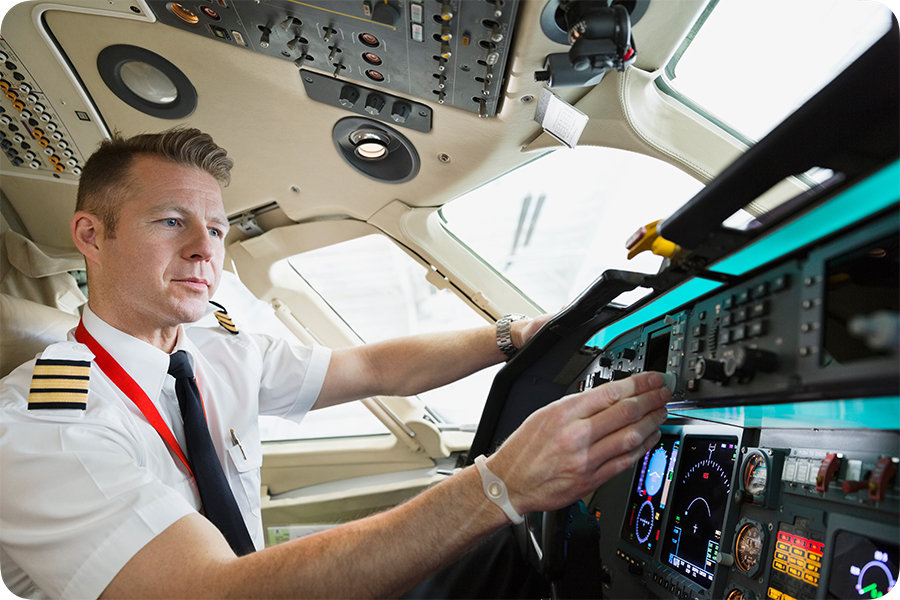
This is it – the final approach. You’re now at the threshold of the Airline Transport Pilot License (ATPL). This is the gold standard of aviation licenses, the license that allows you to be the Pilot in Command of a large commercial aircraft.
The ATPL is more than just a license; it’s a testament to your expertise, skill, and commitment to aviation. With this license, you can captain commercial airliners and share the magic of flight with hundreds of passengers at a time.
So, how do you achieve this pinnacle of aviation? You need to meet some rigorous requirements. You must be at least 23 years old, hold a CPL with an Instrument Rating, and have logged at least 1,500 hours of flight time. This flight time must include specific experiences such as night, instrument, and multi-engine flying.
But the journey doesn’t end with meeting the requirements. You also need to pass a comprehensive written exam covering a range of aviation knowledge areas as well as an ATP training course (we’ll touch on that later).
And then there’s the final challenge: the ATPL checkride. This is a demanding test of your piloting skills and decision-making abilities under various flight conditions and emergency scenarios.
And there it is. With your ATPL in hand, you’ve reached the summit of your flight training journey. You’re now a fully certified Airline Transport Pilot, ready to command commercial aircraft and conquer the skies. Your dream is now a reality. Congratulations, Captain!
How Long Does It Take To Get an ATPL?
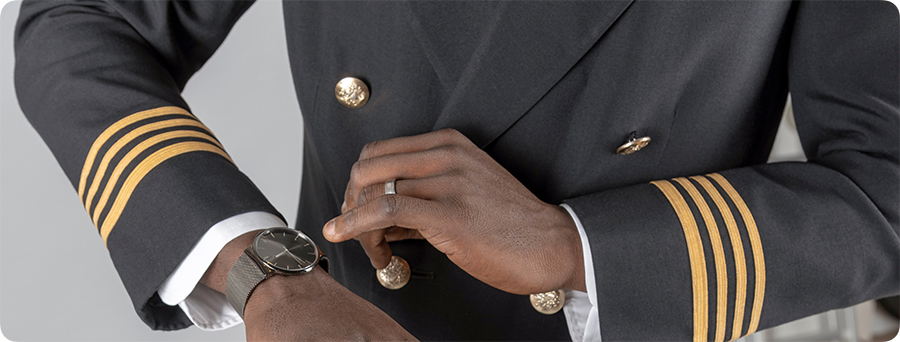
At this point, you’re probably wondering how long this journey is going to take.
Well, the answer isn’t one-size-fits-all. The timeline depends on several factors, including your commitment, the type of flying you do, and the pace at which you can accumulate flight hours.
Typically, obtaining an ATPL can take anywhere from two to four years after you get your Commercial Pilot License.
Here’s the breakdown.
PPL: 2 – 3 Months
Getting your Private Pilot License (the first step) often takes between two to six months. This includes ground school, flight training, and passing the required tests.
Again, there are many factors that can influence the time it takes to get a PPL. If you’re committed and undergoing the training full-time, two months is a realistic timeline.
Instrument Rating: 1 – 2 Months
Next is the Instrument Rating, which can take an additional two months. Just like the PPL, whether you’re training full or part-time will make a massive difference. It is possible to get the instrument rating in less than a month.
CPL: 9 – 18 Months
The Commercial Pilot License follows, often taking another nine to eighteen months to complete, considering the additional flight hours and training required.
I know I sound like a broken record at this point, but if you’re committed and put in the hours, you can finish faster.
Multi-Engine Rating: 1 – 2 Weeks
The multi-engine rating shouldn’t take longer than two weeks, and should preferably form part of the CPL training if possible.
ATPL: Two – Four Years
The real grind begins after you obtain your CPL. At that point, you head into the world looking for a job. At the beginning of your aviation career, you won’t earn much, and you’ll fly small aircraft.
But this is where your training actually begins. The time you spend building your first 1,500 hours is when you truly learn to fly.
The amount of time it takes to get to 1,500 hours will depend on the type of flying you do and how often you fly.
Flight instructors at large flight schools can fly six hours a day (weather permitting) and progress quickly toward their ATPL. Add the fact that you can easily get a job as a flight instructor after completing your flight instructor rating (around two months of training), and you can see why so many pilots go this route.
Other opportunities also exist that will allow you to fly larger or more complex aircraft (even as a new commercial pilot).
Keep in mind that these are estimates. Some pilots might move faster, while others may take more time. Your flight training journey is unique to you. It’s not a race, but a journey of mastery and skill development. So embrace the journey, and before you know it, you’ll be in the cockpit of a commercial airliner, ATPL in hand!
ATPL Requirements
We’ve already touched on the most important ATPL requirements, now let’s look a little deeper.
The ATPL license requirements are found in 14 CFR 61.153. There are quite a few.
Here are the most important ATP certificate requirements:
- Be at least 23 years of age
- Must hold either:
- A commercial pilot certificate with an instrument rating;
- Or meet the military experience requirements to qualify for a commercial pilot certificate, and an instrument rating;
- Or a foreign airline transport pilot license with instrument privileges
- Medical requirements:
- Hold a 1st class medical certificate to act as Pilot in Command;
- Or hold a 2nd class medical certificate to act as Second in Command
- Hour requirements:
- 1,500 hours of Total Flight Time
- 500 hours of Cross-Country Flight Time
- 250 hours as Pilot in Command (PIC)
- 100 hours of Night Flight Time
- 75 hours of Instrument Training
- Training requirements:
- Pass an ATP-CTP training program
- Pass an ATP written exam
- Pass an ATP checkride
What Is a Restricted ATP (R-ATP)?
What if I told you there’s an even faster way to get your ATPL?
It’s called the restricted ATP, or R-ATP.
The R-ATP is a unique certification that allows pilots to serve as co-pilots in commercial airlines before they’ve accrued the full 1,500 flight hours typically required for an ATPL. The Federal Aviation Administration (FAA) introduced the R-ATP as a response to a changing aviation landscape (which is a fancy way of saying “pilot shortage”), providing an alternative pathway for pilots to enter the airline industry.
So, what are the requirements for the R-ATP?
Pilots can qualify for the R-ATP at:
- 1,000 hours if they are a military-trained pilot,
- 1,250 hours if they have completed training through a qualifying university program, or at
- 1,500 hours for all other pilots, all with specific conditions attached.
- You’ll also have to be at least 21 years of age.
For the full breakdown, check out our article on How to Get a Restricted ATP.
While the R-ATP can get you into the co-pilot’s seat faster, remember that it comes with restrictions. For instance, you can’t serve as the Pilot in Command of a commercial flight until you’ve met the full requirements for an unrestricted ATPL.
Still, the R-ATP provides a valuable stepping stone for pilots looking to accelerate their careers in commercial aviation. Whether you choose the path of the R-ATP or stick with the traditional ATPL route, the skies await your expertise and passion!
What is the ATP-CTP?
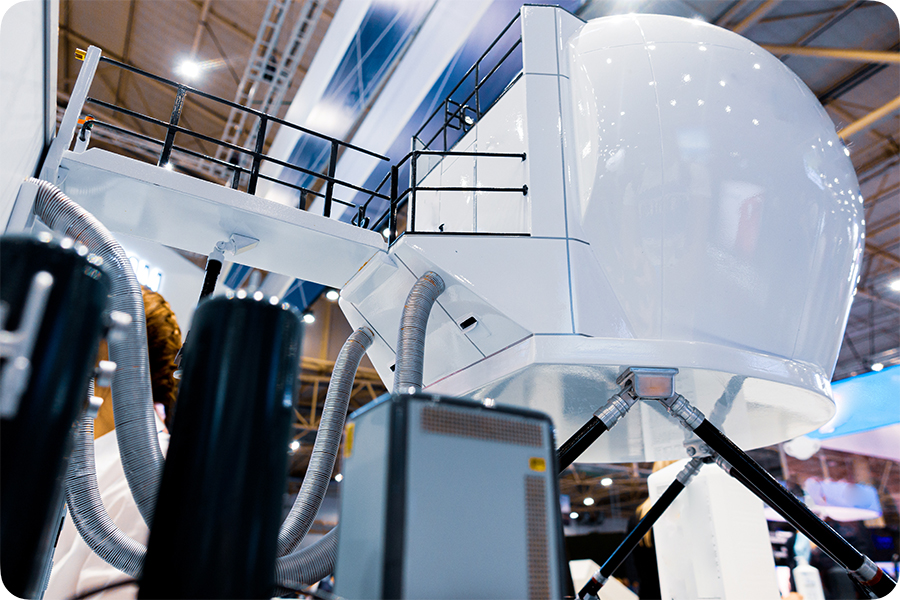
The Airline Transport Pilot Certification Training Program, or ATP-CTP, is a training course mandated by the FAA for all pilots prior to taking the ATPL written exam. This course is designed to bridge the gap between the knowledge and skills you’ve gained in your previous training and the advanced concepts and competencies required at the airline transport pilot level.
So, what does the ATP-CTP involve? It includes 30 hours of classroom-based ground training and 10 hours of simulator training. The ground training covers advanced topics such as aerodynamics, meteorology, air carrier operations, leadership, and crew resource management.
Simulator training, on the other hand, provides a taste of the big leagues. It includes six hours in a full-motion Level D simulator, typically representative of a multi-engine turbine aircraft.
The ATP-CTP is a prerequisite for the ATPL written exam. Once you complete the ATP-CTP, you’ll receive an endorsement to take the ATPL written exam, getting you one step closer to the coveted ATPL.
Remember, the ATP-CTP isn’t just another box to check on your ATPL journey. It’s an invaluable opportunity to build the knowledge and skills you’ll need to operate at the highest level of aviation.
Summary
Becoming an Airline Transport Pilot is a challenging but rewarding journey. Each step on this path requires dedication, patience, and a genuine love for flying.
The journey to an ATPL is not just about the licenses and ratings you earn along the way. It’s about the skills you acquire, the knowledge you build, and the character you develop. It’s about transforming from a student of aviation into a professional aviator who can safely and confidently navigate the skies.
The road to becoming an Airline Transport Pilot may seem long and daunting, but with determination, perseverance, and a passion for flight, it’s a journey you can successfully navigate.
As you embark on this exciting journey, always remember to enjoy the process, learn from every experience, and never lose sight of your dream.
The skies are waiting for you, future captain!
